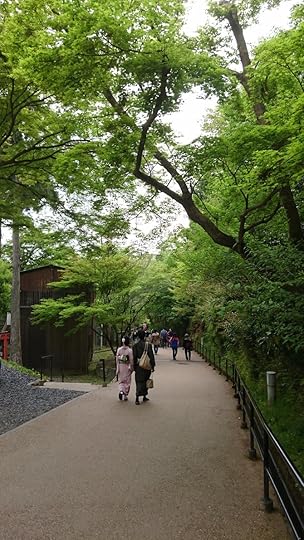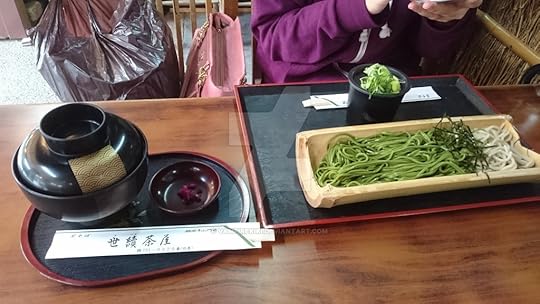What do you think?
Rate this book


256 pages, Paperback
First published January 31, 1962



"Chieko, we've raised you since you were a nursing baby. You were the sweetest child anyone could hope for. We would treat that girl as fairly as possible. If she looks like you, she's surely a good girl. Bring her here. Twenty years ago twins weren't accepted, but now it's nothing," her father said. . . . (p. 148)

